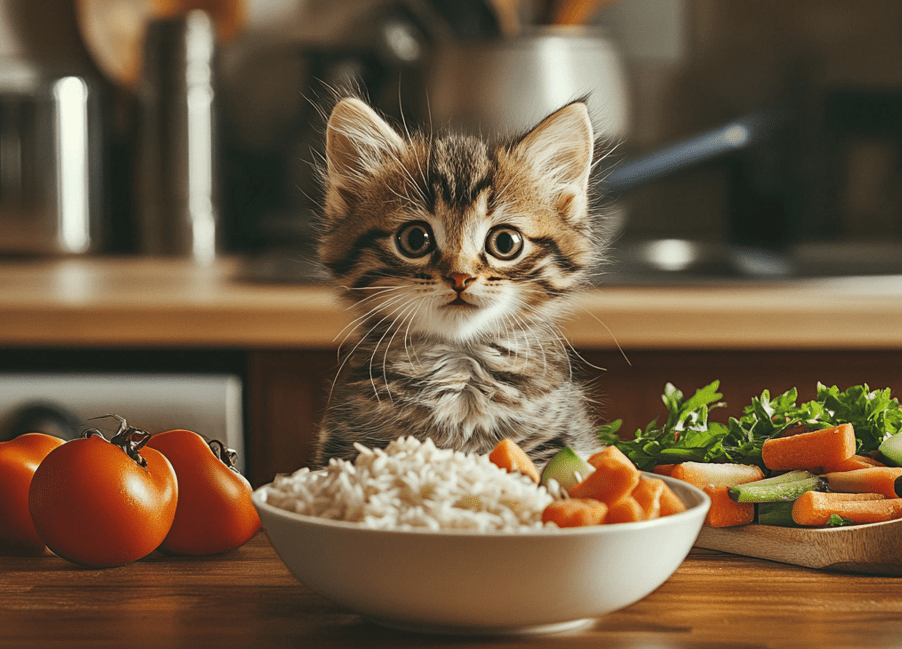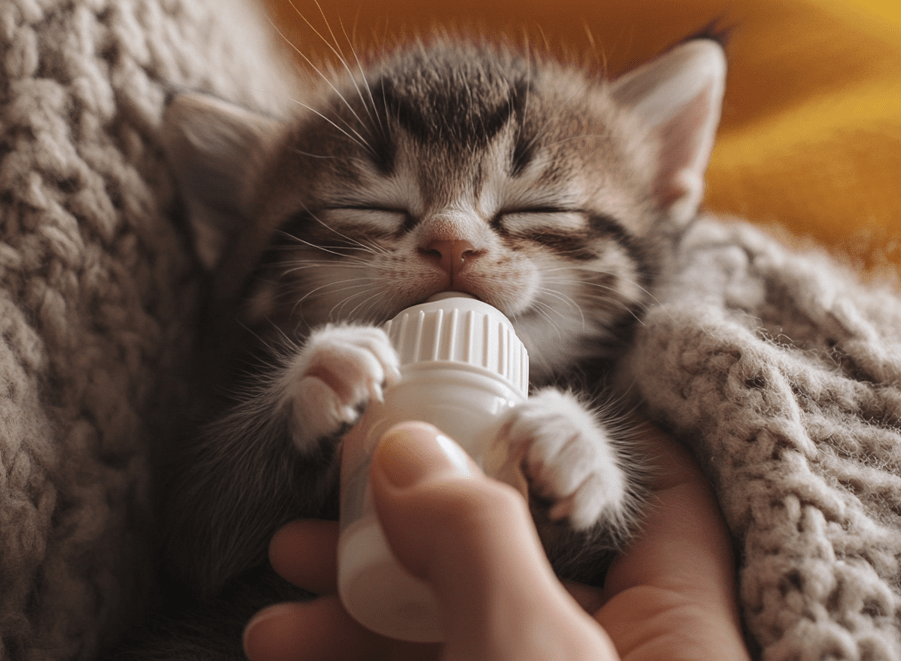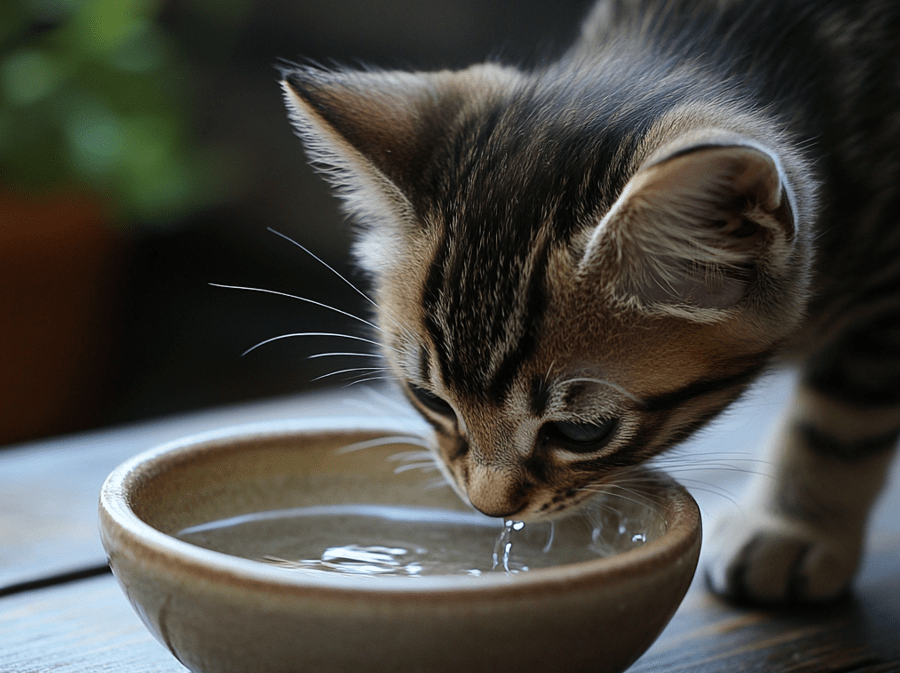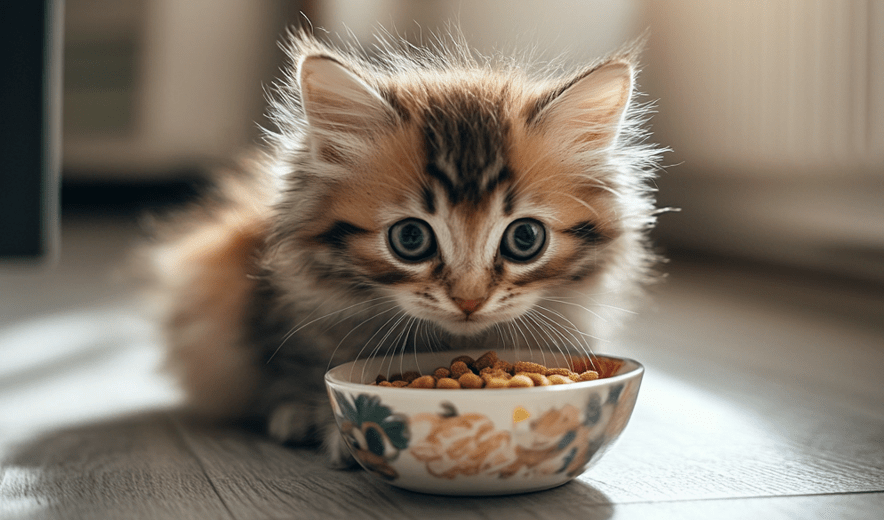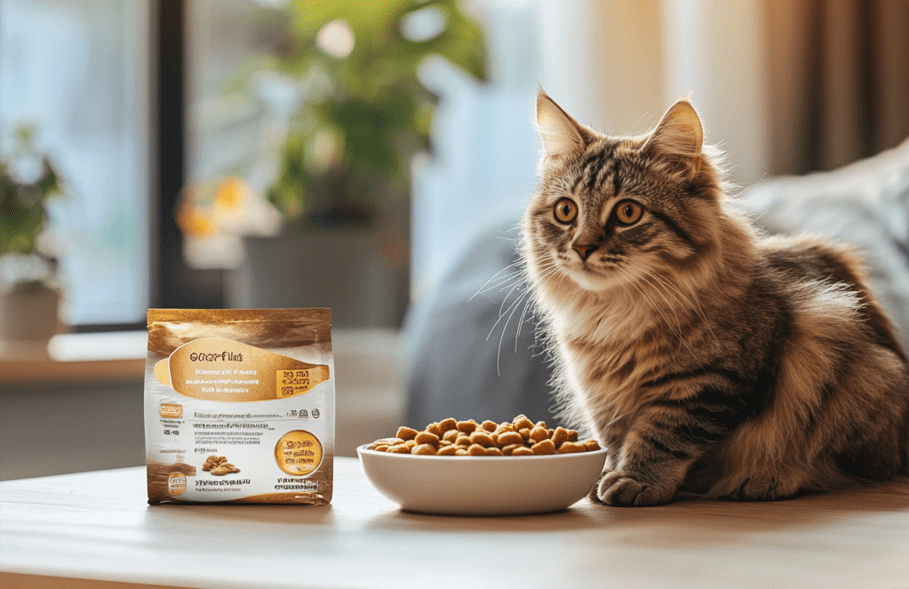
Most of us read the ingredients and nutritional information when we are buying food for our pets. Though, understanding the numbers on a label of cat food is not an easy job. Ensuring your feline friend is getting the proper nutrition for a healthy life. The purpose of this article is to help you understand what more specific terms on a cat food nutrition label mean, and how they should affect your interpretation of that information.
To watch the summary of this article, just watch this video-
Critical Features of Pet Food Labels
The cat food labels only give us a small glimpse into what is in the bag. Consumers need to know what can/cannot be assumed from the label, as well tell which details are most important. What shows up on regular pet food label [main elements]
1.Guaranteed Analysis
2.Company & Customer Service Info
3.Ingredient Panel
4.Manufactured Code, Expiration or ‘Best Used By’ Date
5.Feeding Instructions
6.AAFCO Statement of Nutritional Adequacy — Find more information.
Guaranteed Analysis
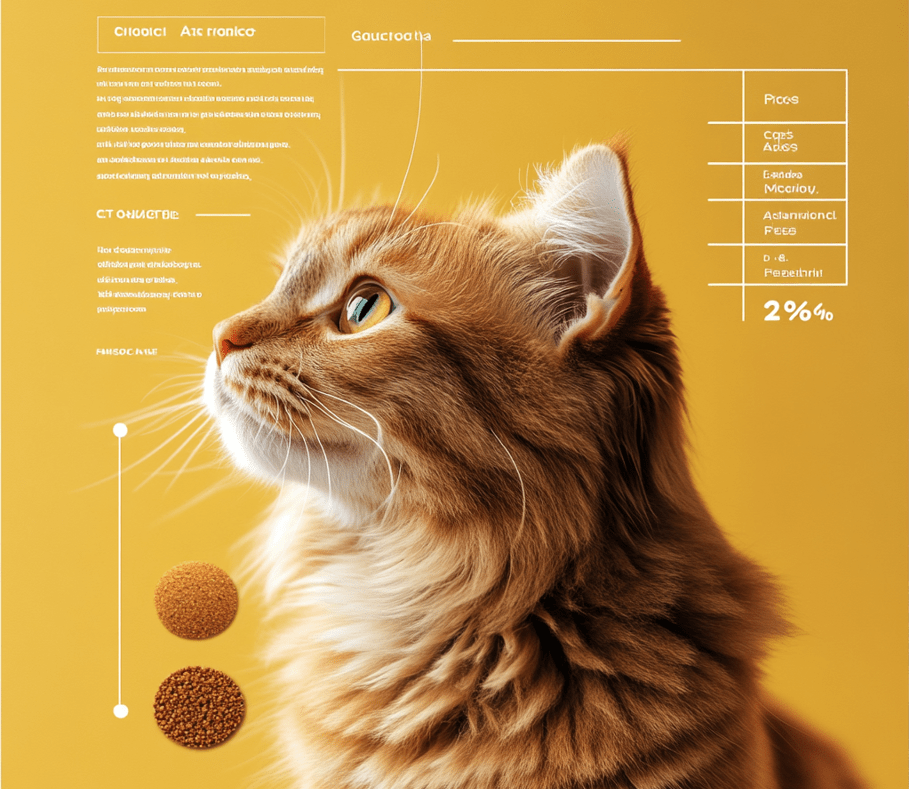
Guaranteed analysis values are expressed as minimums or maximums. Maximum guarantee (% max) – Represents that the specific nutrient will not exceed this amount in the formula The inverse is actually a minimum guarantee ( % min), and this says that there will be at least X amount of the nutrient. Below is a list of the four nutrients that must be present legally on every label you see going forth for your pet.
Crude Protein (% min)
1.Crude Fiber (% max)
2.Crude Fat (% max)
3.Moisture (% max)
If the required minimum for crude protein in a cat food is 25%, it must contain at least that amount, but it may also have more. Laboratory analysis is necessary to determine the real quantity.
Other nutrients that might be listed in the guaranteed analysis on cat food labels are magnesium (% max), taurine(% min), ash(% max) and linoleic acid( %min).
Comparing this portion to other cat food formulas is a useful tool when looking at the often-mystifying guaranteed analysis, but it does not offer detailed nutritional information. In order to accurately assess and compare cat foods it is absolutely necessary that we know the energy content, which will give us nutrient density of these products — information provided usually by the manufacturer.
Levels of Cat Food Regulation
AAFCO Guidelines
The Association of American Feed Control Officials (AAFCO) is responsible for regulating all pet food in North America, including cat food. AAFCO is more of a consortium among regulatory bodies tasked with setting animal feed and pet food standards. AAFCO-labeled cat food means the product is made to certain manufacturing standards and law of pet nutritional requirements. As for MARS and all the new-wave brands, they too remain compliant with AAFCO.
Ingredient Panel
Ingredients are listed on the cat food in descending order of how much is in it—so, whatever appears first has the highest volume. But, you cannot accurately judge ingredient quality by reading the label; laboratory testing and feeding trials must be conducted to verify nutritional adequacy.
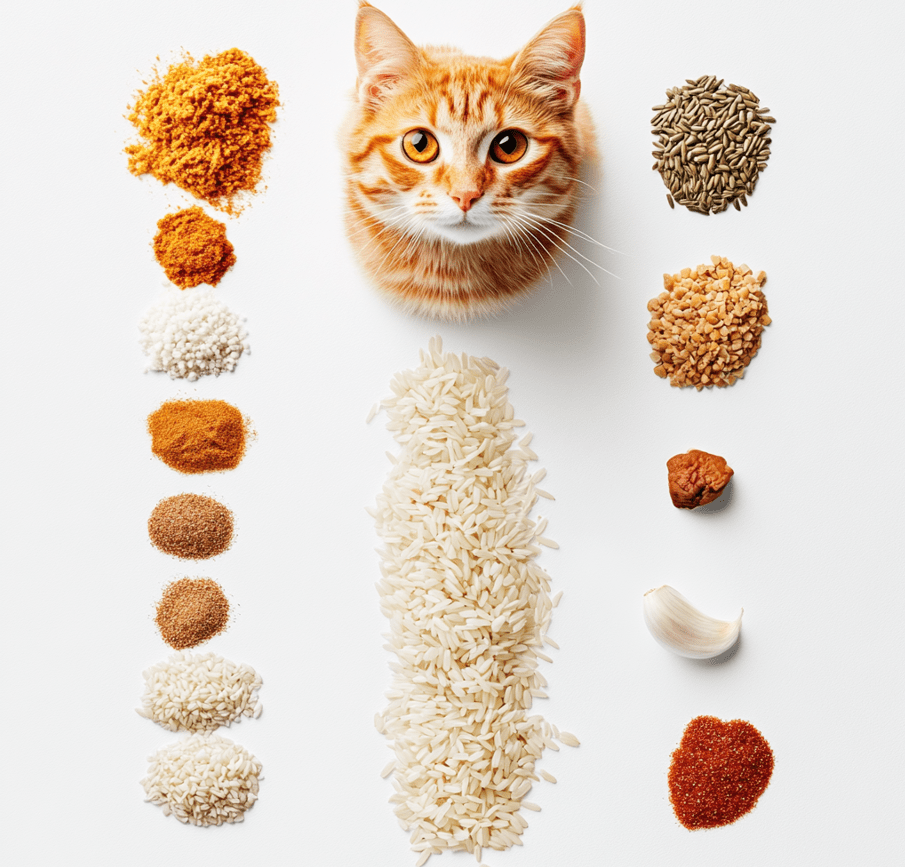
Key Information on a Cat Food Label
Branding: This is the label and it has to be related to some primary ingredients (e.g. Chicken or Rice) so that people can identify what is about this name
Distributor Information: The name and address of the manufacturer is provided so that customers can get results if any product-related matters come up.
Net Weight: This is the weight of total food in that packet.
Ingredient List with Weight: Ingredients are sorted from heaviest to lightest.
Product traceability: the label details when and where a product was manufactured, or even down to the individual factory.
Nutritional Adequacy Statement: This statement confirms that the food met or exceeded AAFCO nutrition requirements and also whether it is suitable for a particular life stage or lifestyle of cat (e.g., kitten, adult, mature).
Guaranteed Analysis: This section is the guaranteed analysis which lists out both the minimum and maximum levels of certain nutrients, including but not limited to: crude protein, crude fat, fiber and moisture. Percentage of optional nutrients can also be listed but the primary ingredients must adhere to AAFCO nutrient profiles.
Calorie Declaration: The calorie content shall be declared in kilocalories per kilogram, with an alternative declaration provided for by liters or other conventional units. This data allows for prompt cross-product comparisons.
Feeding Guidelines: These are the instructions on how much to feed your cat per day. Modifications should be made according to the individual cat, as needed to maintain a good weight.
This structured labeling will provide essential information to pet owners, thereby allowing the selection of food products best suited for their pets and help them monitor nutritional intake as well.
Nutritional Adequacy (AAFCO Statement)
Any pet food must have a statement of nutritional adequacy with either the AAFCO. These claims validate that the product is either formulated or proven to meet AAFCO guidelines.
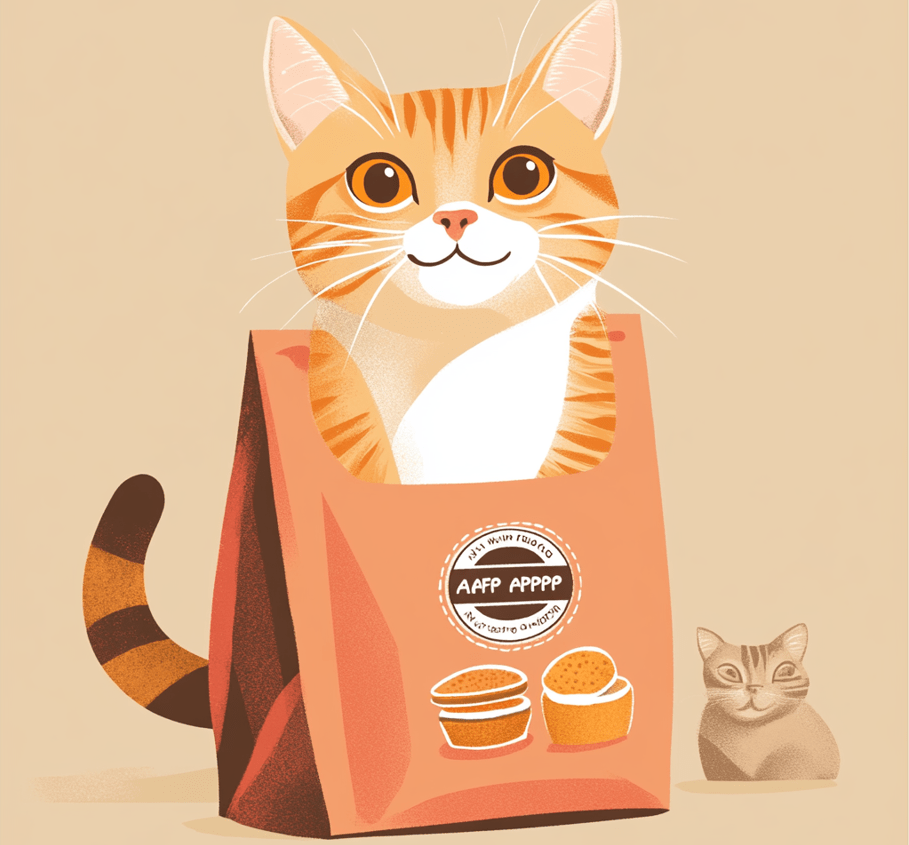
Formulated: The product meets AAFCO nutritional standards but has not yet been fed to cats before sale.
Tested: This means that not only was the product formulated, it was also fed to cats and all essential nutrient requirements during growth, maintenance or reproduction were met.
Look at the small print on most veterinary-exclusive products and you will see “This product is intended for intermittent feeding only” or something similar to “Use as directed by your veterinarian.”
Production Codes and Last Dates of Consumption
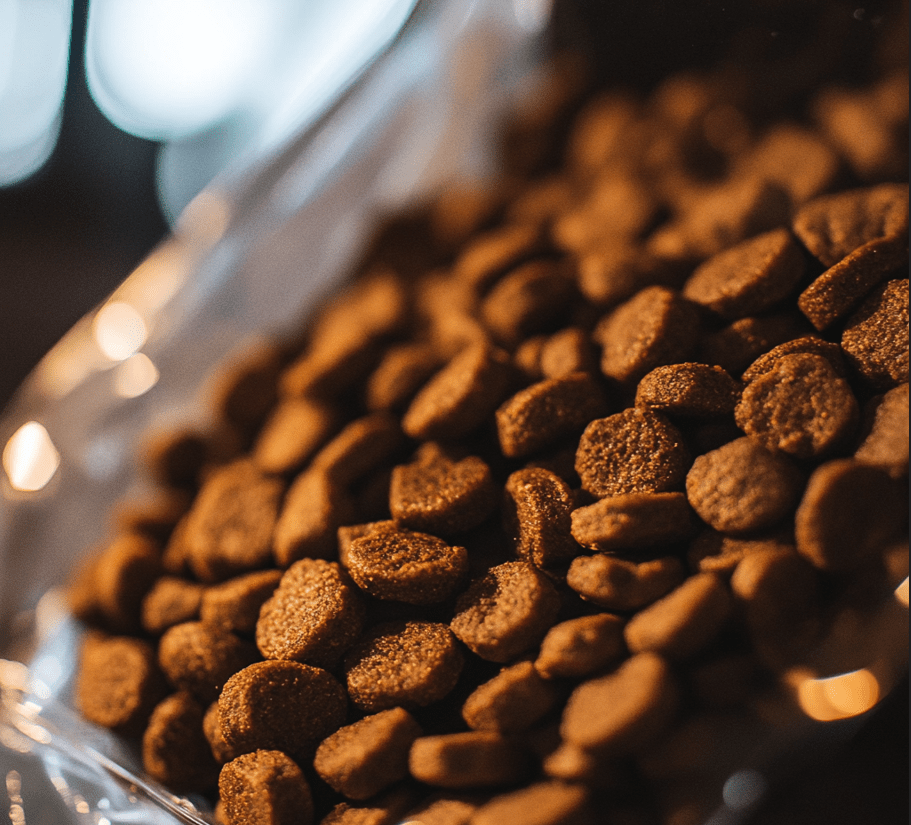
Companies use manufacturing codes to keep track of products for quality control and inventory purposes. Then, the customer makes inquiries and is frequently required to provide those codes (which helps address issues in a speedier manner).
While not indicative of freshness or shelf life, “use by” dates are employed on food packaging in an attempt to standardize quality control.
Tips for Reading a Cat Food Nutrition Label
Here is an Expert Guide on selecting the right cat food: How to Read a Cat Food Label
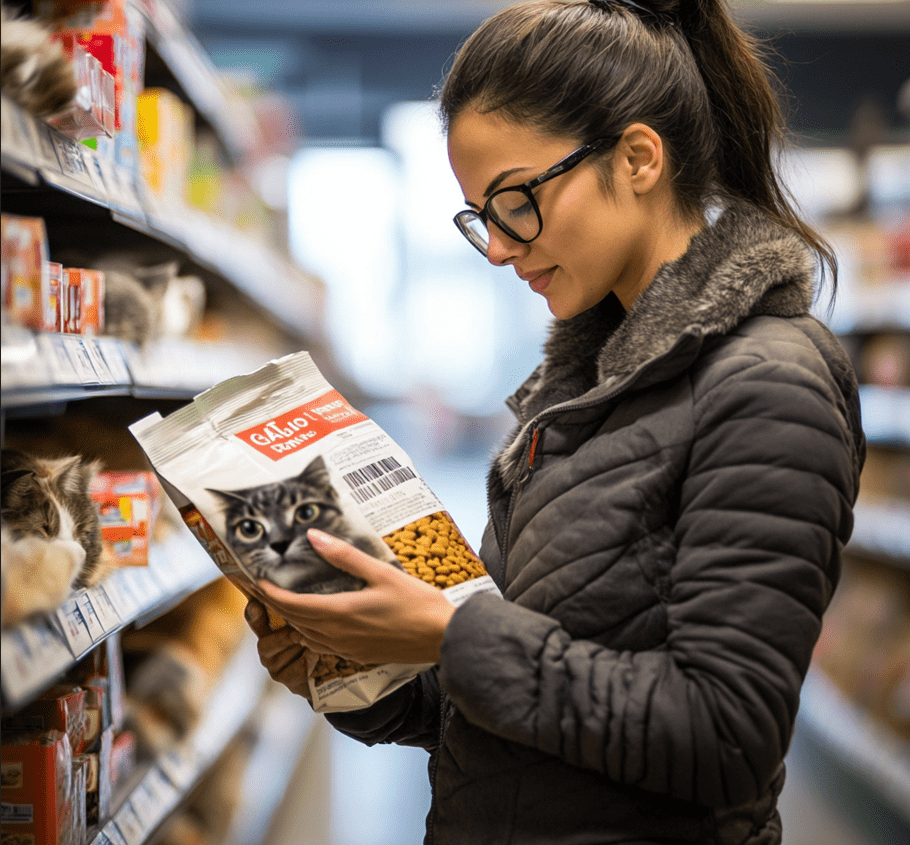
Product Name: This provides representation of the food product, and may focus on just one main ingredient or flavor.
Intended Purpose: Ensure that the Statements on packaging clarify that the food is for cats. Cats are obligate carnivores and require a specific diet to meet their nutritional needs.
Statement of Nutritional Adequacy: Always read the Nutritional Adequacy Statement on the back to make sure that it is meeting a complete and balanced diet for your cat’s particular life stage. These major periods may include growth, reproduction or maintenance. Foods that are formulated for all life stages or those intended to address different conditions such as exclusively indoor cats can also be fed.
Company Details and Satisfaction Guarantee
Packaging must also be labeled with the name and address of the producer, as well as a convenient customer service call number to request additional information. Ensure that companies additionally give a toll-free no. so customers can call them up without having to incur costs on their own end.
Make sure that the satisfaction guarantee covers what you would like to see in return if expectations aren’t met, such as whether or not they will replace your product and/or refund you.

